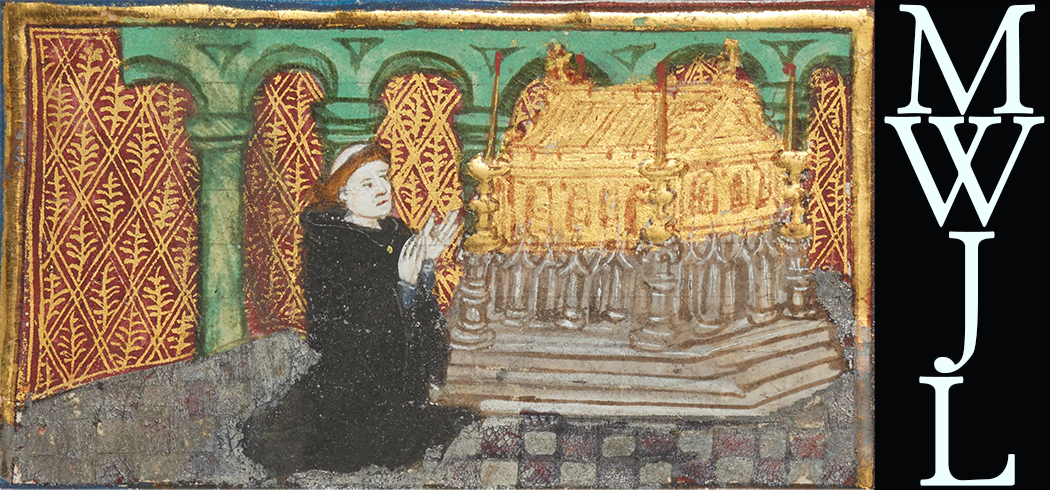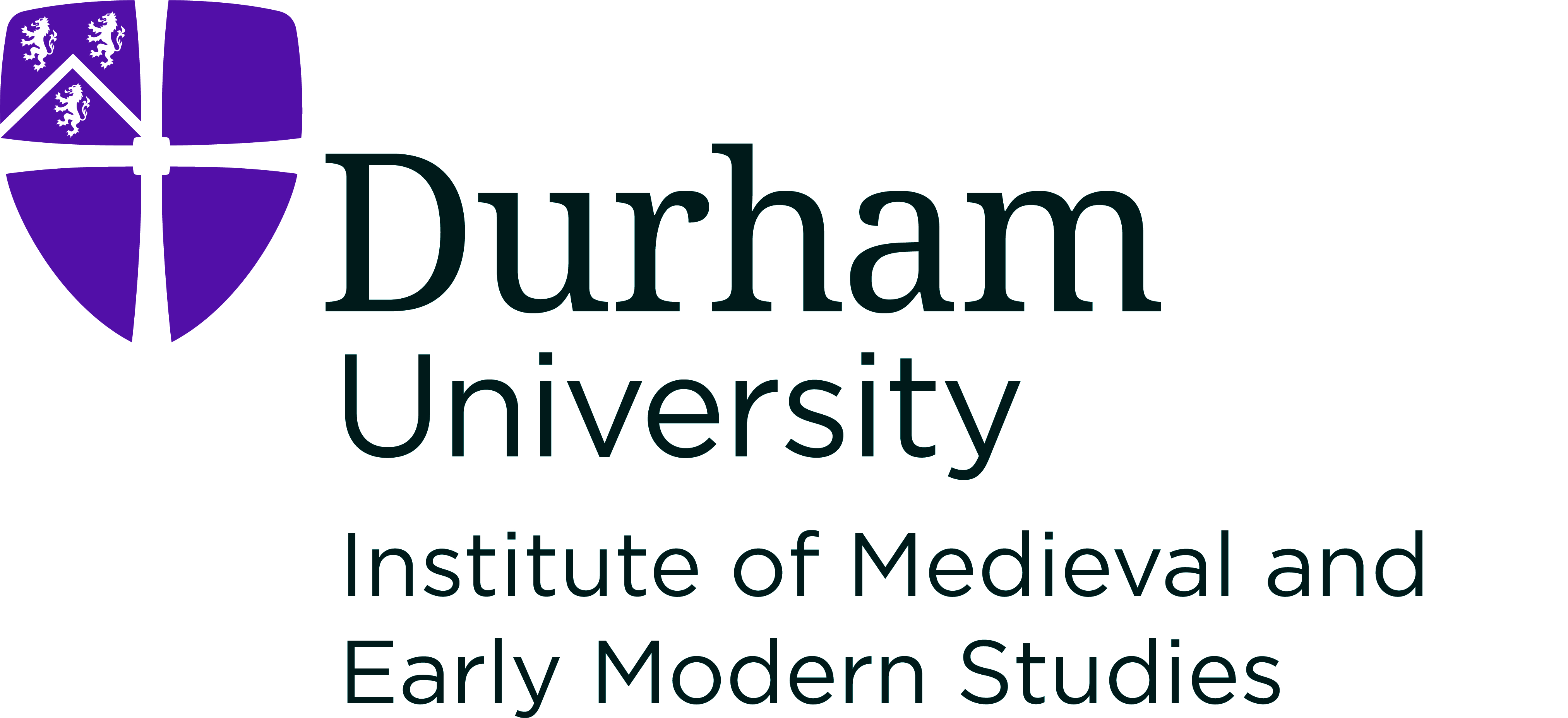 A Mumming at Eltham:
British Library Additional 29729 Verses
A Mumming at Eltham:
British Library Additional 29729 Verses
HomeAbout the ArchiveAbout John LydgateWorksManuscriptsAbout this ManuscriptEditorial ApparatusContactVisualization

Folio 135 Verso
Compare Witnesses: •
Notes
-
The "Q" is struck through, but it appears to be an otiose mark rather than an actual deletion. There is also a diagonal mark after the word "Quene" here, so it could be that this was meant to be bracketing without the underlined word that appears in other instances. ↩
-
bracketed on the left. ↩
-
While this looks like it should be an "st" ligature the glyph for "c" often has a crossbar that makes it appear to be "t." When it's not part of a ligature the "t" hooks more sharply to the right than "c." ↩
-
The EETS edition has "with" here, which is what is in the other witness, Trinity R.3.20 ↩




